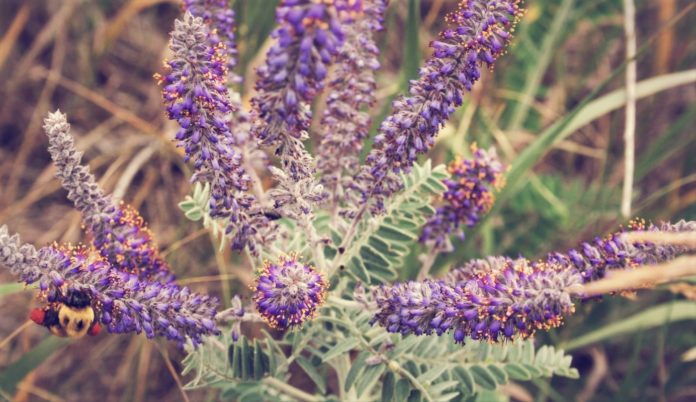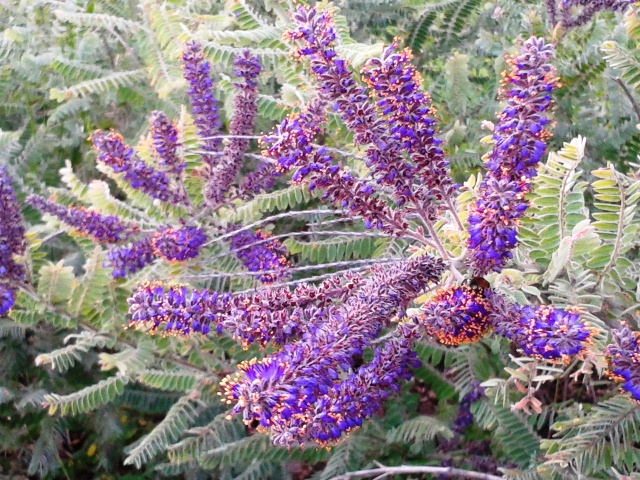
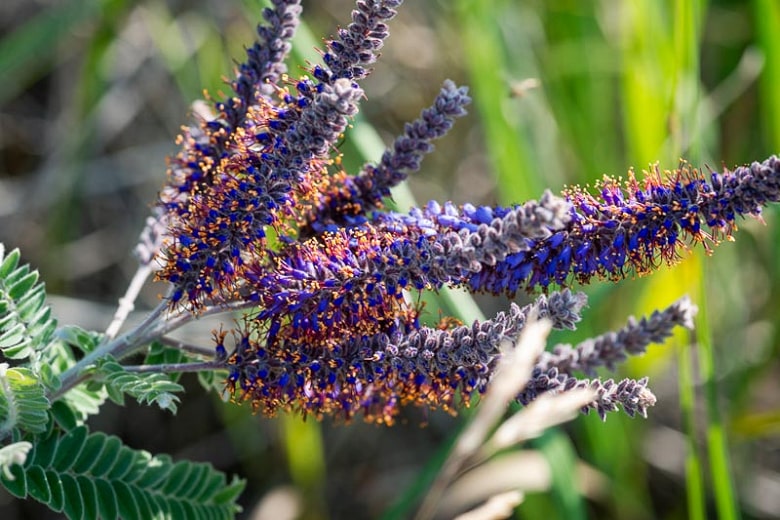
This guide is meant to teach you how to propagate leadplant (Amorpha canescens) and hopefully make it easier for you to sell them at your own nursery.

Hardiness Zone: 2-9

Soil Type: Well-drained loam, sand

Water: Low to Average. Fair Drought Resistance

Exposure: Full Sun
Leadplant (Amorpha canescens) is a fragrant zone 2 perennial shrub native to North America.
Leadplant leaves are oval to egg-shaped with ciliate margins (hairy). They grow on the stems in an opposite leaf arrangement and pinnate structure.
It also has long spikes covered with small blueish-purple flowers. The anthers (the part that holds the pollen) are bright gold giving the flower beautiful contrast.
These flowers are not only appealing to our eyes but also to many insects. Planting these in your garden will attract beneficial insects like bees, moths, butterflies and act as an eco-friendly pest control.
Fun Fact: Leadplant roots are very deep, they can grow as deep as 15 feet! This makes them very resistant to fires and drought.
Leadplant looks wonderful in meadows, or on land borders since they are great windbreaks and help control soil erosion.
Did you know leadplant is one of the few plants to naturally add nitrogen to the soil? Plants use nitrogen to make their proteins, amino acids, and even their very DNA.
Best Way to Propagate Leadplant
Method: Cuttings
It’s possible to propagate leadplant by taking cuttings, which should be no longer than 10cm each.
- Greenwood cuttings: Early summer, planted in a sandy frame (box with screen for shade and humidity retention).
- Hardwood Cuttings: Cut them during Fall, with a heel (kinda like when you rip a branch off and part of the bark comes with it). Also in a sandy frame but can tolerate more light, keep them humid with automatic sprayers. Cover for winter.
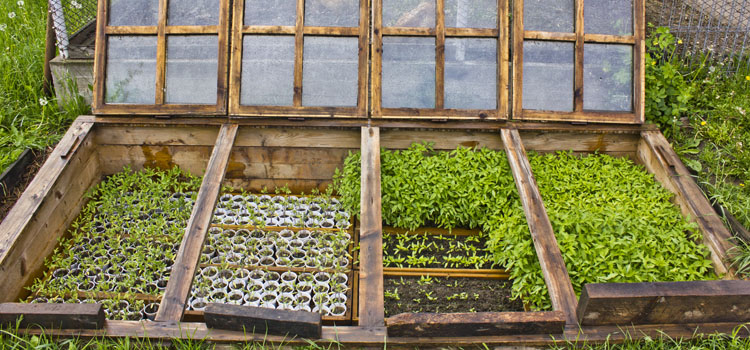
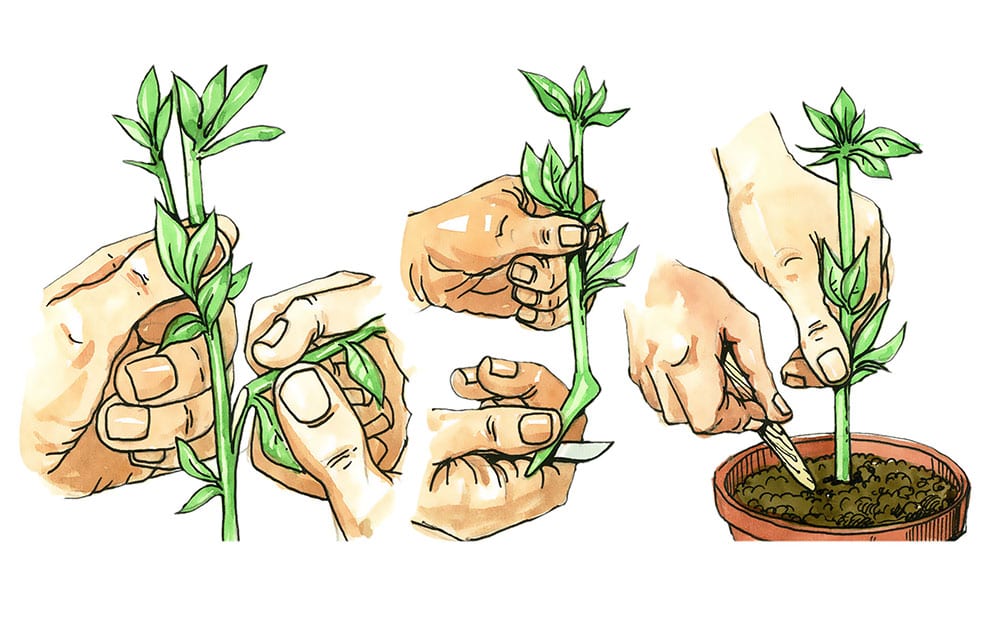
Method: Sowing
To sow leadplant seeds outdoors, prepare some closed-off propagation beds that can get through winter. Fill them with a moist sterile mix like sand, perlite, or vermiculite.
Make sure to label the spots and spread the seeds on top of the mix. Alternatively, you can winterize the propagation beds with tunnels and preferably a white-colored fabric. Let the seeds stratify through winter.
Once spring comes around, water the propagation beds periodically, and the seeds will sprout. When the plants reach 5cm, transplant into fertile soil.
How to Prepare Leadplant for Sale
Once your rooted cuttings or seedlings are a couple of months old, transplant them into individual pots. Leadplants make deep roots, so you want to put them in deep pots.
After they are planted in a garden, leadplant can grow up to 4 feet tall and spread up to 5 feet wide.
Prune regularly to keep a bush shape.

